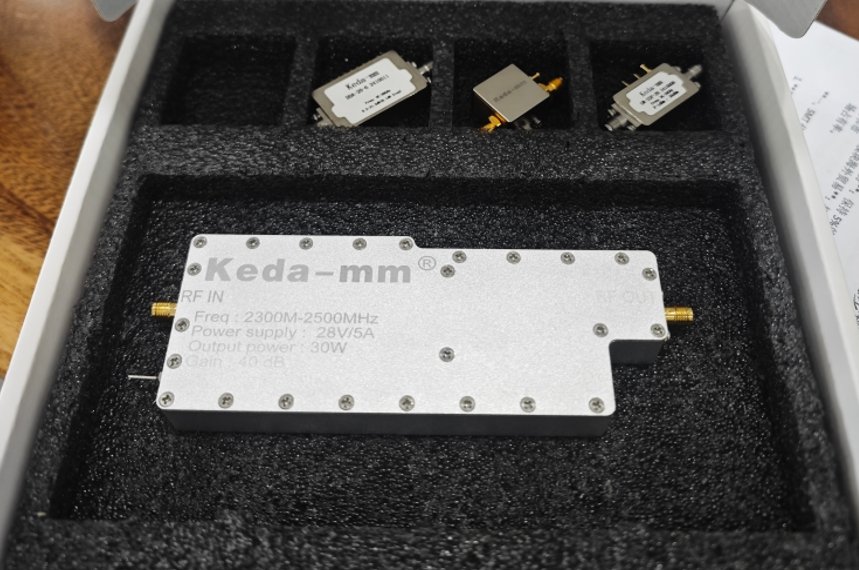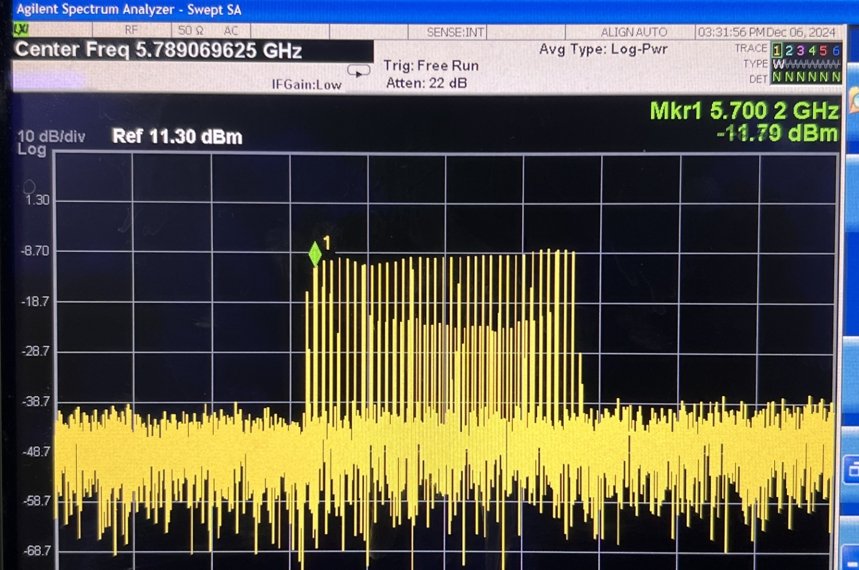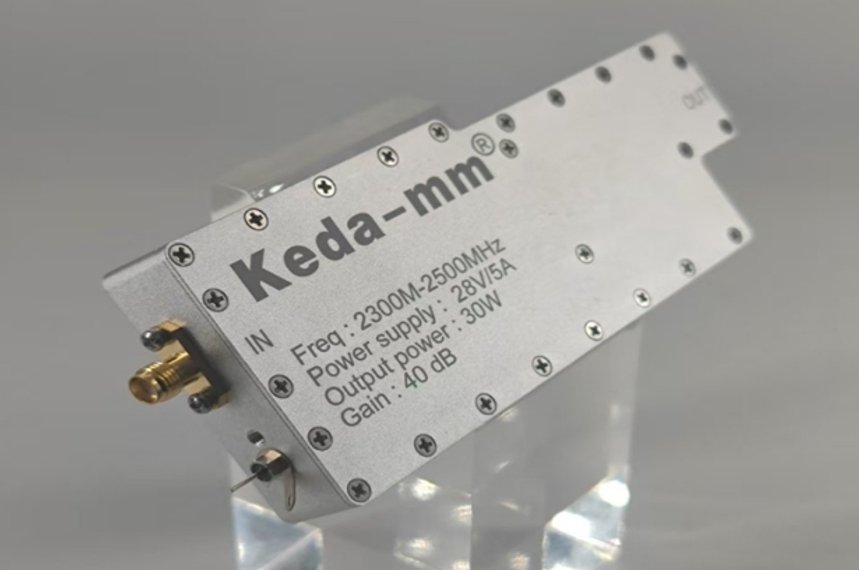
Bem-vindo! Desbloqueie a sua primeira oferta aqui

Bem-vindo! Desbloqueie a sua primeira oferta aqui

Bem-vindo! Desbloqueie a sua primeira oferta aqui
O maior fabricante de bloqueadores de drones da China

Drones have changed our world in ways I never expected. In just a few years, I’ve watched them evolve from hobby gadgets to real security threats. They’ve shown up over restricted airspace, dropped contraband into prisons, and flown dangerously close to airports and power plants. That’s why anti-drone modules have become an important tool in security systems.
Anti-drone modules are compact systems designed to detect, identify, and neutralize unauthorized drones using technologies like RF amplification, signal jamming, and sensor fusion.

These modules aren’t massive military machines. Many are lightweight and portable—some no larger than a backpack. I’ve used them at events and in field tests, and they’ve proven effective even in chaotic urban environments. They combine sensors, processors, and RF modules to respond quickly when a drone appears where it shouldn’t be.
In a typical security setup, these modules act like digital sentries. They scan the airspace, watch for threats, and take action when needed. The heart of most systems is the RF amplifier module, which plays a powerful role.
Anti-drone modules block drone communication links and interfere with satellite navigation by transmitting high-power RF signals across key frequency bands like 2.4GHz, 5.8GHz, and GPS L1/L2.

When I tested these systems, I often used them in coordination with radar units and visual detection tools. The module fits into a closed loop: detect, identify, and disrupt. Once a threat is confirmed, the module transmits interference to confuse or disconnect the drone.
In high-security places like military bases or airports, anti-drone modules are linked with optical cameras and radar systems. That way, a drone’s location, movement, and identity are all tracked before jamming begins. These systems have to act fast—sometimes within seconds of detection.
A full engagement involves two phases. First comes detection, then disruption. The module may rely on partner systems for detection, but some include built-in radar and RF scanning too.
Anti-drone modules detect drones using radar, radio frequency analysis, and optical cameras, then neutralize threats with signal jamming or spoofing strategies.

In one field test, we used a radar to spot a fast-moving drone at low altitude. The system matched its RF signal to a known DJI profile. Within seconds, the anti-drone module activated, jamming the controller signal. The drone hovered, then landed automatically.
That’s the goal: stop the drone before it causes damage. Jamming isn’t the only tool, though. Some modules use GPS spoofing, which tricks the drone into flying to a false location. High-end modules may even take control of a drone if they recognize the signal protocol.
These modules rely on advanced radio and computing technologies. Over the years, I’ve seen them evolve to become smarter, smaller, and more efficient.
Modern anti-drone modules use multi-band RF amplification, digital pre-distortion, adaptive power control, and sensor fusion to detect and disrupt drones across various environments.

Here’s what you’ll find in most of the advanced units:
With these technologies, the module can block communication, spoof GPS signals, or even direct a drone to land.
Not every site needs a high-powered fixed unit. Sometimes, portability or stealth matters more. I always recommend buyers to evaluate their risks, deployment style, and technical needs.
Choosing the right anti-drone module depends on area size, drone threat types, power requirements, and local regulatory limits on jamming or spoofing.

Here’s what I’ve learned from hands-on deployments:
| Scenario | Recommended Module Type | Key Features |
|---|---|---|
| Airports, military bases | High-power, multi-channel fixed systems | ≥20W, IP65, GPS + RF jamming |
| Outdoor events | Lightweight, handheld jammers | <2kg, battery-powered, dual-band |
| Corporate campuses | Medium-power remote-controlled modules | 5–10W, camera-linked, networked |
| Field patrol and border zones | Rugged modules with solar support | -40°C to 70°C, dust/waterproof, solar power |
No matter the choice, testing is key. I’ve never deployed a system without first running live trials. This ensures the module reacts fast and fits seamlessly into the existing defense setup.
Anti-drone modules are no longer optional. They’re the frontline defense against a new generation of airborne threats. With the right module, I don’t just detect drones—I control them. Whether for a stadium, data center, or military site, anti-drone modules provide the visibility and power to keep the airspace secure.